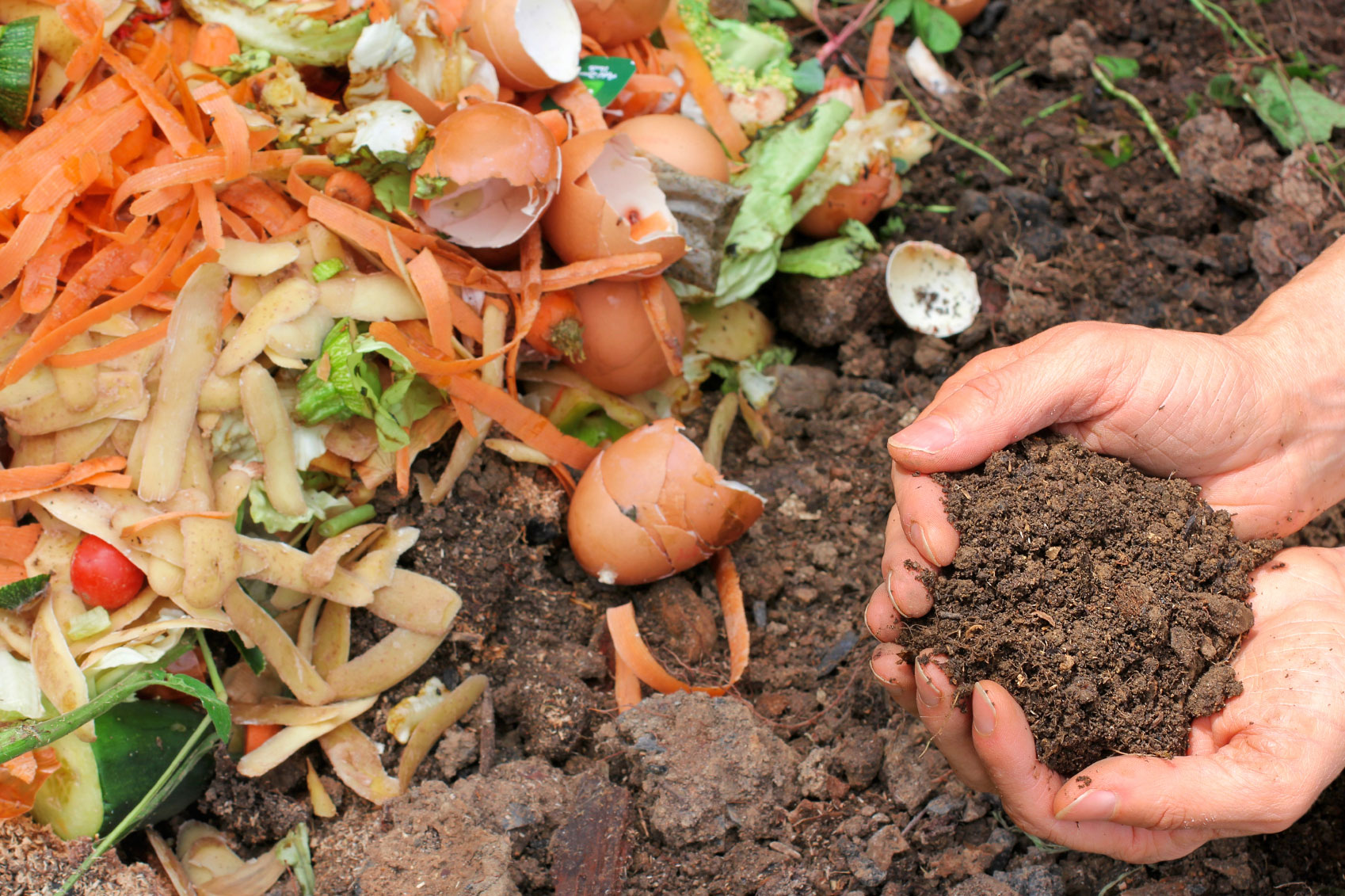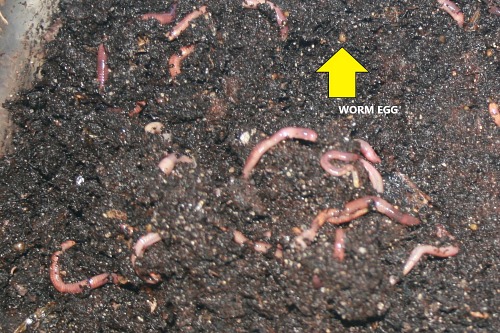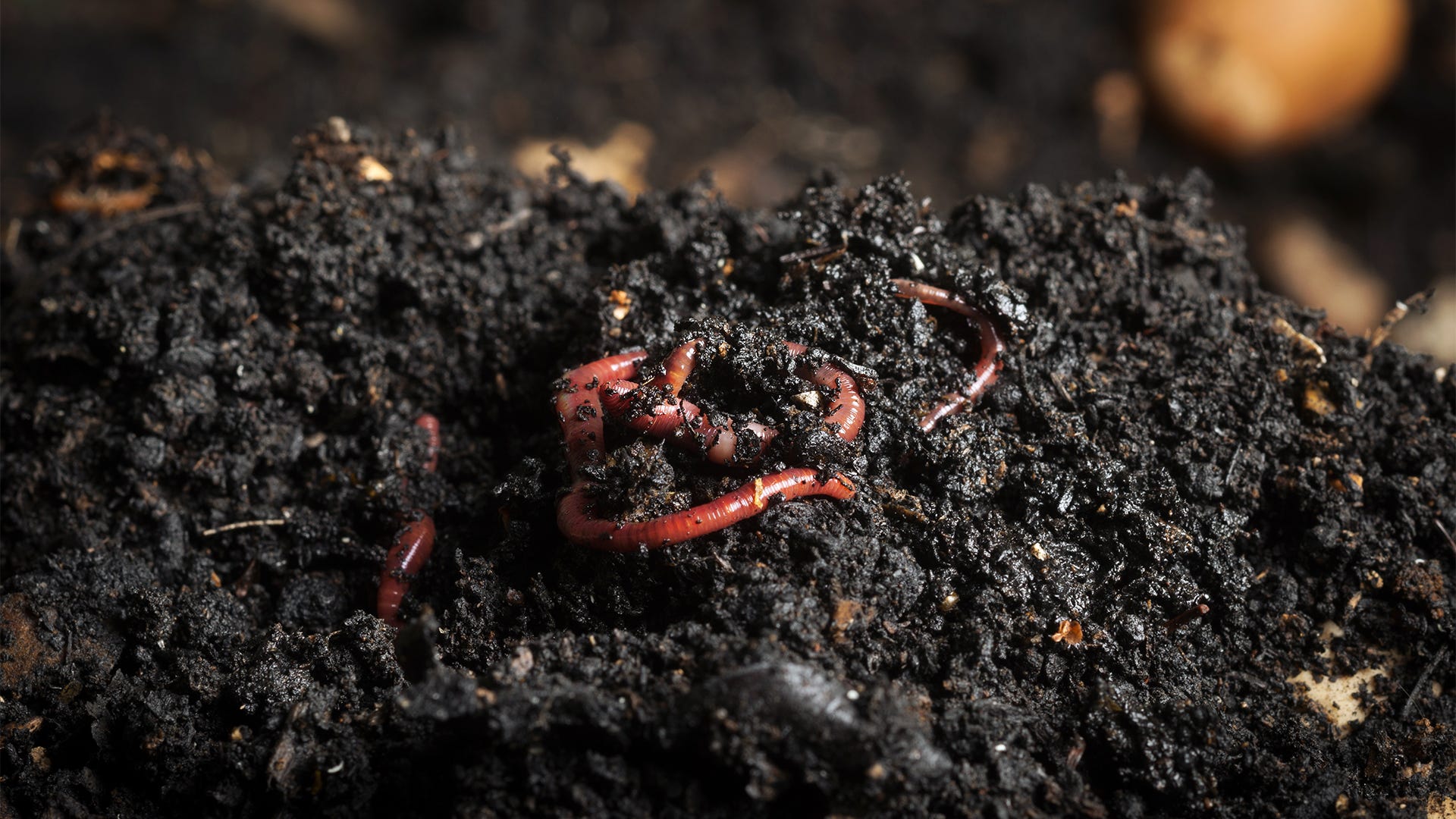Checking Out the Systems of Red Wiggler Composting: A Comprehensive Overview to the Refine and Its Positive Influence On Lasting Horticulture Practices
The intricate mechanisms of red wiggler composting, using the distinct physiology of Eisenia fetida, provide a compelling avenue for boosting lasting gardening methods. This process not only transforms organic waste right into nutrient-dense vermicompost yet additionally cultivates a much healthier dirt ecosystem with enhanced aeration and microbial activity. As urban gardening gains traction, understanding the nuances of this composting method becomes increasingly relevant. The journey into its myriad advantages and ideal methods is simply starting, triggering a better evaluation of how this technique can reshape our horticulture techniques.
Understanding Red Wigglers
Red wigglers, medically recognized as Eisenia fetida, are a species of earthworm very related to for their performance in composting natural waste. These worms grow in nutrient-rich atmospheres, especially in decomposing natural matter, making them ideal for vermicomposting systems - Red Wiggler Composting. Defined by their reddish-brown pigmentation and segmented bodies, red wigglers are smaller than usual earthworms, normally measuring between three to four inches in size
Their unique physical traits improve their composting capabilities; for example, they possess a high reproductive rate, permitting populations to increase rapidly under appropriate conditions. Red wigglers consume organic product, simplifying with their digestive systems, which leads to nutrient-rich spreadings that act as an exceptional organic fertilizer. Their ravenous appetite enables them to process large quantities of food waste efficiently, substantially lowering landfill contributions.
Along with their composting prowess, red wigglers play a vital role in dirt health and wellness. Red Wiggler Composting. They aerate the soil and assist in the disintegration of organic matter, additional improving the soil environment. Recognizing the characteristics and ecological benefits of red wigglers is important for any individual seeking to execute lasting gardening techniques through effective composting approaches
The Composting Process
The composting procedure entails damaging down organic materials right into nutrient-rich compost, a job that red wigglers succeed at due to their specialized digestive system systems. These worms eat food scraps, backyard waste, and other natural matter, transforming them right into valuable compost through a series of organic and chemical processes.
At first, the organic matter is combined with bed linen products such as shredded paper or dried fallen leaves, creating an optimal environment for the worms. As the red wigglers ingest this blend, they break it down through their intestine, where microorganisms additionally disintegrate the product. This procedure produces warmth, promoting microbial activity, which accelerates disintegration.

Advantages of Red Wiggler Composting
Lots of gardeners and eco-conscious people recognize the numerous advantages of red wiggler composting, making it a prominent choice for reliable waste management. Among the primary advantages is its ability to substantially minimize natural waste in landfills - Red Wiggler Composting. Red wigglers effectively break down kitchen area scraps and various other naturally degradable materials, changing them right into nutrient-rich vermicompost that enriches soil wellness
Moreover, red wiggler composting enhances dirt framework and fertility. The resulting vermicompost is teeming with helpful microbes, which promote plant growth and improve nutrient retention. This all-natural plant food not just supports sustainable gardening methods yet also decreases reliance on chemical fertilizers, promoting a much healthier ecosystem.
Additionally, red wiggler composting is a space-efficient method, making it excellent for metropolitan garden enthusiasts with restricted room. The procedure can be conducted inside or outdoors, enabling year-round composting despite climate problems. Red wigglers are low-maintenance microorganisms that call for marginal treatment, making them available for amateur gardeners.
Fundamentally, the advantages of red wiggler composting prolong beyond waste decrease; they add to much healthier dirts, lasting horticulture practices, and environmental stewardship, placing it as a beneficial technique in modern-day cultivation.
Best Practices for Composting
For successful red wiggler composting, sticking to best methods is necessary to optimize effectiveness and ensure an efficient atmosphere for these worms. This equilibrium promotes ideal disintegration and enhances the worms' wellness.
Next, screen wetness degrees, going for a moist, sponge-like consistency. Excessively damp conditions can result in anaerobic disintegration, while extreme dry skin may impede worm activity. In addition, guarantee appropriate oygenation by turning the compost regularly, which aids stop compaction and Recommended Reading enables for ample oxygen flow.
Temperature is an additional essential factor. Preserve an array of 55 ° F to 77 ° F(13 ° C to 25 ° C) to advertise worm task and microbial growth. Ultimately, avoid presenting meat, dairy, and oily foods, as these can draw in insects and produce odors.
Enhancing Sustainable Gardening
Sustainable gardening symbolizes an all natural approach that balances environmental principles with functional gardening techniques. By integrating techniques such as red wiggler composting, gardeners can considerably improve their techniques, promoting a much more resistant ecological community. Red wigglers, renowned for their efficient disintegration capacities, transform organic waste into nutrient-rich compost, thus enhancing the dirt without relying upon chemical plant foods.
Carrying out sustainable gardening methods, such as plant turning, buddy growing, and mulching, further enhances the advantages of composting. These practices not only improve soil framework and fertility however additionally advertise biodiversity, drawing in beneficial bugs and microorganisms that add to plant health. Making use of native plants can decrease water intake and lessen maintenance, aligning with water conservation initiatives.

Verdict
In verdict, red wiggler composting represents an important approach for enhancing lasting horticulture techniques. The efficient food digestion of organic waste by Eisenia fetida not only creates nutrient-rich vermicompost but likewise fosters enhanced dirt health and structure. By advertising aerobic decay, this technique decreases odors and waste while lowering dependency on chemical fertilizers. Eventually, the adoption of red wiggler composting can dramatically add to environmentally friendly horticulture, profiting both city and novice garden enthusiasts in their cultivation efforts.
The intricate mechanisms of red the original source wiggler composting, utilizing the special physiology of Eisenia fetida, present a compelling avenue for improving lasting horticulture methods. Recognizing the attributes and eco-friendly benefits of red wigglers is vital for any individual looking to execute sustainable gardening techniques via reliable composting techniques.

In verdict, red wiggler composting stands for an essential approach for enhancing sustainable horticulture techniques. Inevitably, the fostering of red read this wiggler composting can significantly add to environmentally friendly gardening, profiting both city and amateur gardeners in their growing initiatives.
Comments on “Unlock the Advantages of Red Wiggler Composting for Your Organic Garden”